Phono Equalizer E-2 VER2
Key Features
• Dedicated Optical Cartridge Input
The E-2 VER2 features the same XLR connector for separated
power supply cables as employed in the E-3, maximizing the
unique advantages of optical cartridges.
• Advanced Analog Circuit for Optical Cartridges
The fully balanced, non-NFB “New Type-R” (*) circuit from the
E-3 has been directly implemented, ensuring uncompromising fidelity and musical expression.
• Refined MC/MM Circuit
The MC/MM stages have been significantly simplified with a newly designed bias circuit, achieving
a notable improvement in sound quality and overall performance.
• Enhanced Chassis design
The unfixed top cover, also adopted in the A-2 VER2, has
been further refined to contribute to sonic purity and resonance
control.
• Extended Flexibility
MC loading is now supported up to 1 kΩ, offering greater
compatibility with a wide range of cartridges. Furthermore, all
of the original’s versatile features, including adjustable EQ
curve functionality, have been fully retained.
non-NFB phono equalizer circuits dedicated to photoelectric cartridges
The equalizer components rely on differential emitter bypass channels incorporating new circuitry that significantly lowers circuit impedance. SOULNOTE’s original perfectly balanced non-NFB circuits are free of electrical stress and do not require phase compensation nor do they poise band limitations. These circuits can fully accommodate photoelectric cartridges, which are uninhibited by the weight and inductive resistance limitations of coils and magnetic circuits. The combination of the photoelectric system’s exceptional transient responsiveness with non-NFB produces a shockingly vibrant and vivid music soundscape.
* Photoelectric cartridges do not support past Toshiba or Trio cartridges.
MC LOAD switching
The E-2 comes equipped with six types of load impedance switching functions to extract the most from the MC cartridges being used.
Inputs capable of connecting with four types of systems
The E-2 allows for simultaneous connection and switching between four inputs: MC balanced inputs, MC/MM unbalanced inputs (2 types), and dedicated photoelectric cartridge inputs.
MM load capacity switching
Three kinds of load capacity switching functions are employed to fully demonstrate the extreme capabilities of MM cartridges.
Wide support of old-time EQ curves before RIAA advent (with MC/MM)
Six kinds of Roll-Off (high range attenuation frequency), four kinds of Turn Over (low range amplification frequency), and six kinds of Low Limit (ultralow frequency amplification limit) are all independent of each other and can be changed individually.
Together, they offer a total of 144 types of curves, from Decca and Columbia to the first SP records (with Flat response). By using these individual adjustment knobs, you can choose the most appropriate equalizer curve, or, alternatively, you can use the included equalizer curve sheet to customize the equalizer curve. Above all else, we use mechanical relays for switching the equalizer curve and prioritize sound quality.



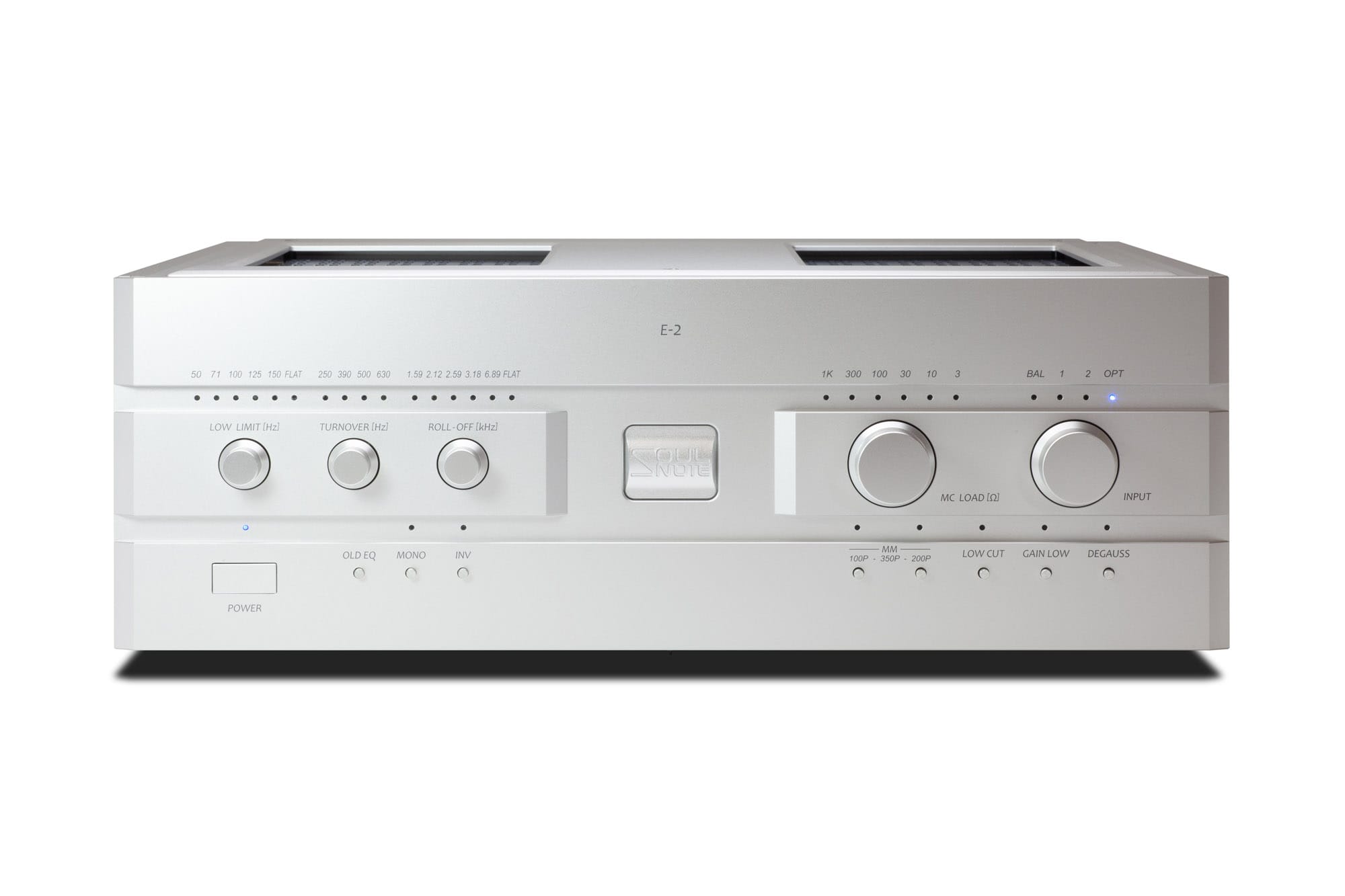

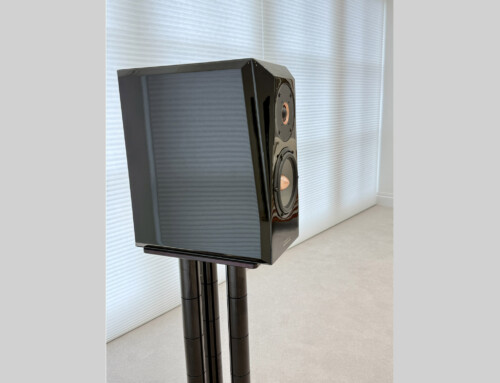
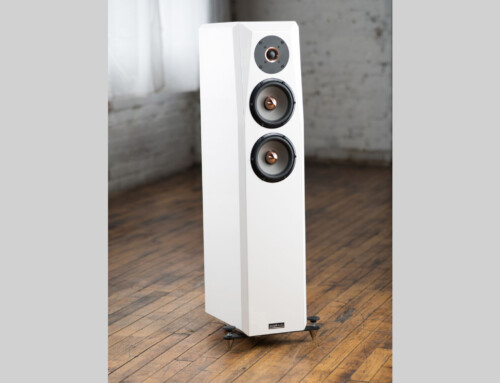
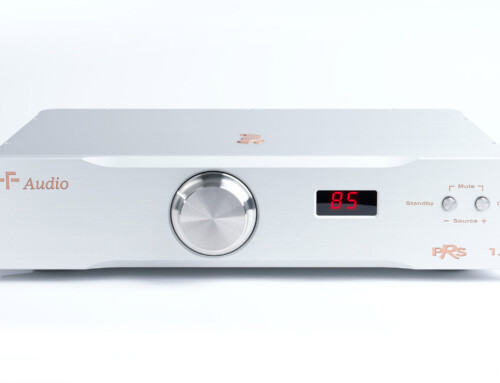
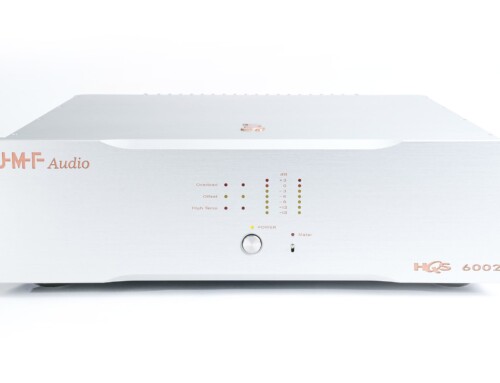
CONNECT WITH US